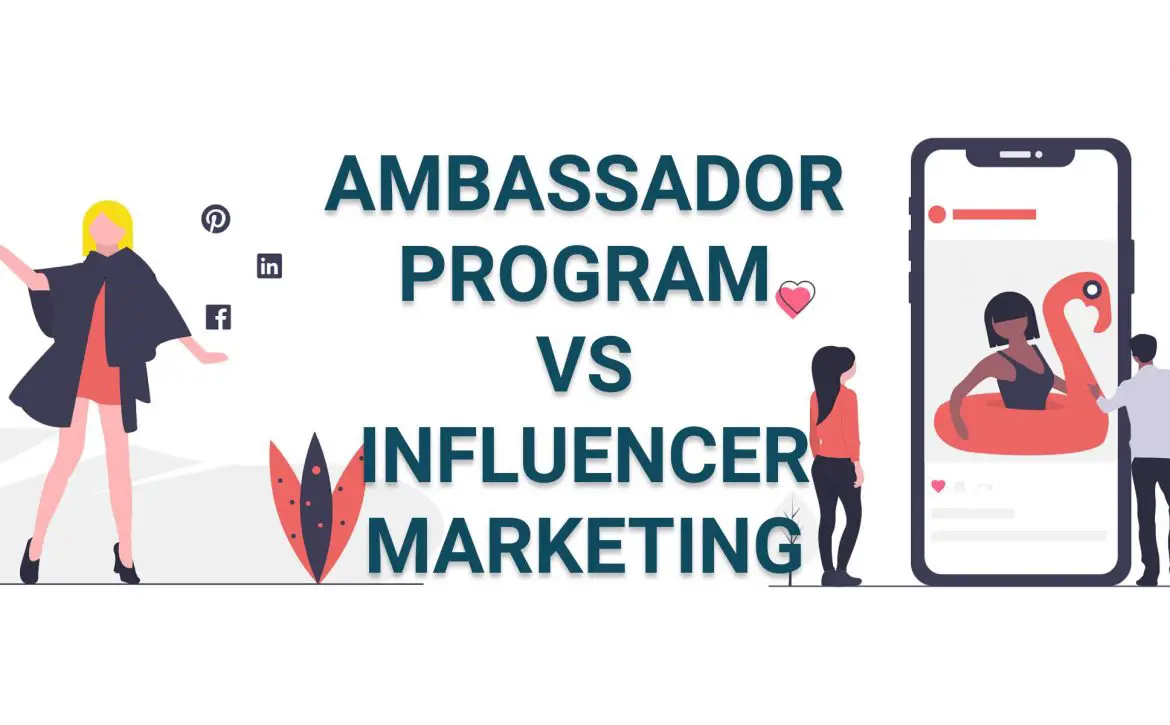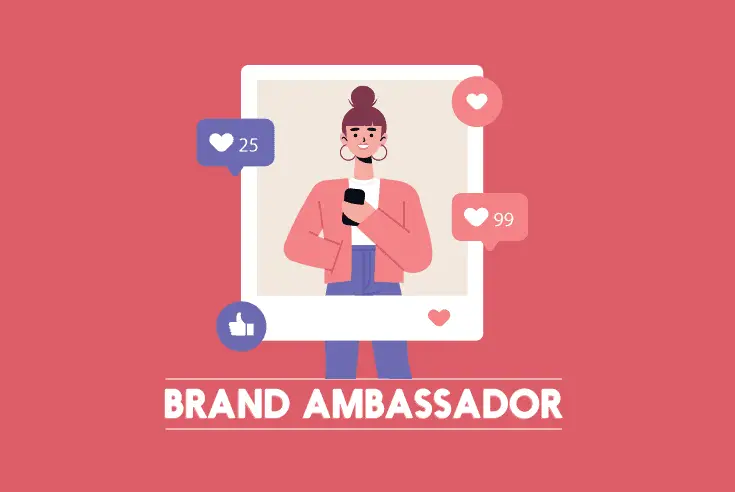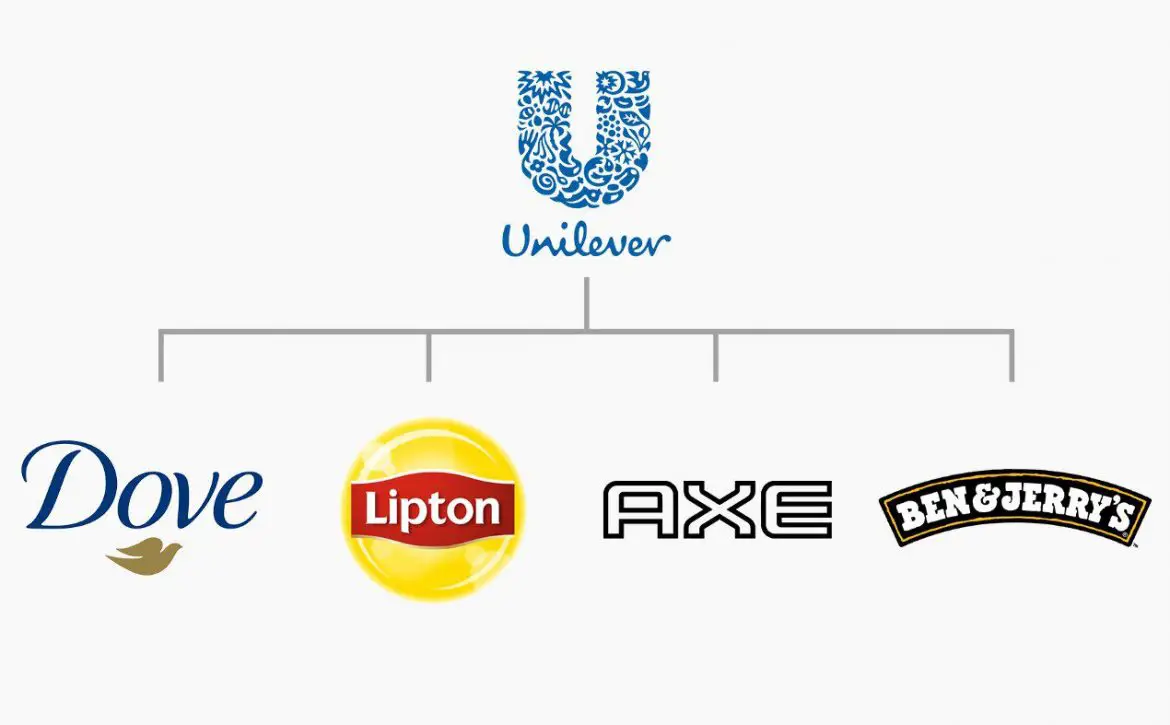How to Create and Develop a Brand Identity
In recent times as ours, it has become essential to develop a brand identity for one’s business, to stand out and set itself apart from rivals, as millions of firms attempt to establish themselves globally.
Even though “Brand” and “Logo” are two quite different concepts, they are frequently used synonymously.
Although a logo may be seen as the representation of a company, a brand is much more than just a logo.
Actually, developing a logo is just one of many items on the checklist for developing a distinctive brand identity.
What is a brand?
Simply said, a brand is how the general public feels about a specific company, service, or good. “Your brand is what other people say about you when you’re not in the room”, Jeff Bezos, Founder of Amazon.
What is branding?
The goal of branding is to increase the general public’s opinion of a certain company, service, or product as being distinctive. This is why brand owners develop a brand identity. But just developing any brand identity is not enough; to keep a brand running smoothly, one must indeed develop a distinct brand identity.


What is a brand?
What is a Logo?
A logo is a visual representation that can include text, pictures, and/or artwork. It aids in giving your company a visual edge over competing brands.
Your company’s logo should be viewed as its “face,” appearing on items like letterhead, business cards, promotional banners, event backdrops, websites, app stores, social network profiles, invoices, payment forms, and mementos.


The Harnix-Tech logo
How to Differentiate Your Brand
You must follow the following recommendations if you want to build a successful and remembered brand.


Some strategies for differentiating your brand from others
Understand your rivals
Knowing your rivals is an essential first step in differentiating yourself and creating a competitive edge. You would need to conduct some market research, though, in order to achieve this. For instance, reviewing customer feedback from your rivals’ consumers can point up certain chances that could help you reposition your brand, make yourself stand out, and eventually win over some of their customers.
Simple is best
Make a logo, but keep it straightforward and memorable.
Keep your logo uncomplicated and clean to make your point without going overboard with intricate styles. You can hire a designer to create a logo for you, if you cannot.
If you already have a logo, you may want to review it again yourself or you may want to post it in the comment box below and let us review it for you.
Be consistent in your communications
Maintaining a consistent design language throughout all of your communication platforms will only benefit your brand. It would show to the public how much consistency you put to develop a brand identity. It would elevate your brand and provide you some “easy” trust by making your brand appear less muddled to potential customers. Hire a pro to create your logo if you want to accomplish this. Following the advice in your Brand Guide book, stick to a color scheme and make sure to abide by other rules regarding typography and graphics.
You may have observed that at this point, it goes beyond merely your logo and extends to the manner in which you interact with your target market (colours, voice, typography etc.).
Purchase some branded items
For a reason, branded items are often known as brand collateral.
Never undervalue the power of branded items to promote your company and magnify your voice in the most unlikely of locations.
Make sure the colors complement your brand because it doesn’t cost much to have your logo printed on a t-shirt (or follows your brand guidelines). I assure you that it would be worth every penny.
Be your own brand’s spokesperson
Being your own brand ambassador is the best approach to stand out and establish a strong connection with your audience.
Your brand is you. Own it, consume it, wear it, utilize it, and display it. If you have employees, you should encourage them to use your products as often as possible, but you shouldn’t compel them.
Start by supporting your company and demonstrating to the world your confidence in your brand. This stirs feelings and gradually increases the credibility of your brand.
Clever marketing strategies
Indirect marketing is another name for subtle marketing. Your audience becomes accustomed to subtle marketing. Because it is passive, your audience gradually assimilates your message.
Marketing that is subtle is decent, exciting, and not bad.
Subtle marketing examples are;
- Content promotion
- Optimization for search engines
- Involvement in social initiatives
- Gifts made to NGOs
- PR on social media
Your brand will have a greater impact if you use subtle persuasion in your marketing campaigns. Comparatively speaking, it is more successful than the typical aggressive and direct marketing approach.
Finally, aggressive marketing tactics like email blasting, spamming, intrusive and annoying WhatsApp broadcasts, etc., should never be employed as your primary marketing approach if your aim is to earn trust and eventually make your brand stand out. Empty promises, bulk email purchases, the use of megaphones in off-limits locations, loud music, and other illegal marketing strategies shouldn’t even be considered.

















